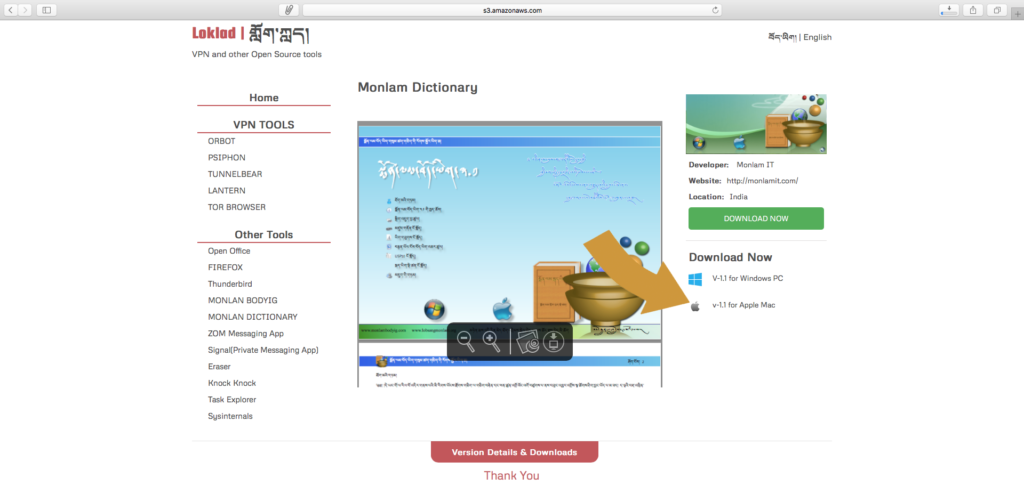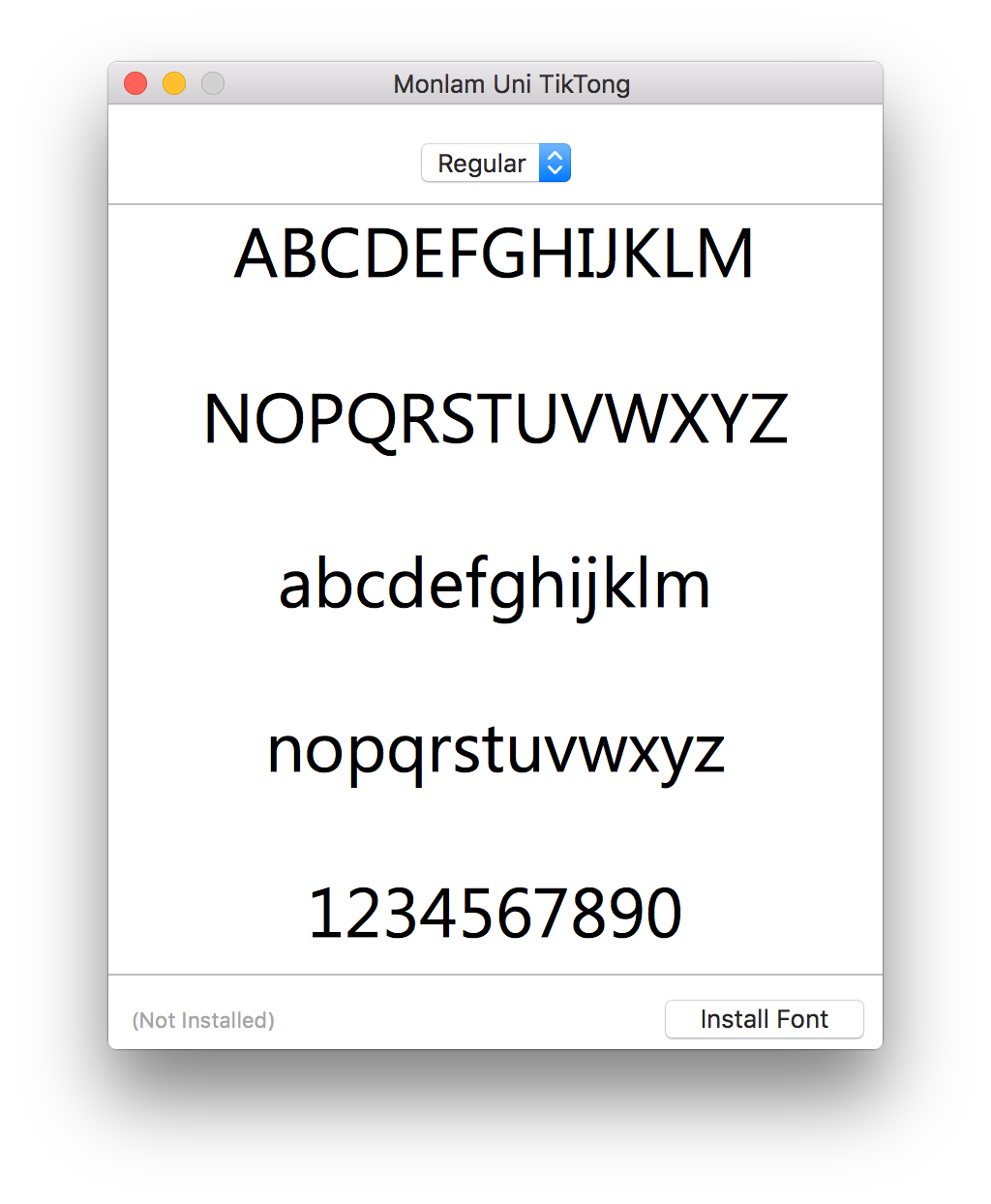What is a monlam?
The word monlam could be translated as 'the path of aspiration'. Best memory cleaner apps software. Tibetan mon means a wish, desire, aspiration and lam - a path. The tradition of multiple recitations of wishing prayers like 'may all sentient beings enjoy happiness and the causes of happiness' has been cultivated from the beginning of Buddhism. The Buddha taught that this kind of prayer is beneficial not only to the person reciting it, but it may also have an impact on the world by influencing the course of events.

Buddhists, in a similar way as the followers of other religions, believe that the force of prayers is multiplied by group recitation. A single prayer recited in a group has more strength than said individually. In addition, each participant of group prayers collects the amount of merit equal to the merit gathered by all participants. Especially, when men and women recite prayers together, good wishes will ripen faster, because symbolically both, the skilful means (male element) and wisdom (female element) are present.
- Right-click on the links to download. These.ttf files can be used in any system (Windows, Mac, Linux) — just drop them in your fonts folder.
- Geshe la Lobsang Monlam's technical team have worked very hard for many years to develop resources to aide us all in this endeavour. If you have a Mac computer you might need access to these.

When a fourfold assembly of: ordained monks and nuns, as well as lay men and women keeping pure ethical vows gathers, all wishing prayers expressed by them will undoubtedly be fulfilled. Therefore taking the eight ethical precepts called the Mahayana sojong vows during Kagyu Monlam is especially advantageous.
Monlamsansserifbold.ttf: File Size: 600 kb: File Type: ttf: Download File. Powered by Create your own unique website with customizable templates. Hi yig monlam (v2) (You can choose any or all) Restart your computer How to use Fonts. Many beautiful Tibetan fonts are now in your Control Panel - Fonts. They should appear in font menus in all your programs. You should be able to see any Tibetan file now in BodYig. Keyboard (IME) right-click on taskbar.

Monlam tradition in Kagyu school
The name Kagyu Monlam was established in Tibet about 500 years ago when the 7th Karmapa Choedrak Gyatso initiated an annual prayer festival to strengthen the feeble discipline of vows among the ordained Sanhga, make offerings to the Buddhas and Bodhisattvas and to fuel the faith of local people who arrived for the event to participate in the prayers and listen to the teachings. Over 10,000 monks headed by the Karmapa gathered in the first month of the Tibetan calendar on the holiday commemorating the miracles performed by the Buddha, to recite a liturgy of the twenty Monlam sections compiled by the Karmapa. The prayers were recited with the intention for all beings to reach happiness: accumulate merit, liberate from mundane suffering, plant the seeds of ultimate liberation and remove all obstacles and disturbing circumstances spoiling global harmony. This became the foundation of Kagyu Monlam, a tradition which has been continued uninterruptedly until today. Similar group Monlam prayers are practiced in other schools of Tibetan Buddhism.
In 1983 Kyabje Dorje Chang Kalu Rinpoche held the Kagyu Monlam at Bodh Gaya, the place where Buddha Shakyamuni attained the complete and perfect Awakening - to recite 100,000 repetitions of the Zangcho Monlam (The King of Aspiration Prayers). This way the Kagyu Monlam was established in the Noble Land of India.

His Holiness the 17th Gyalwang Karmapa took the responsibility for this annual ceremony in 2004. His Holiness, following the steps of great masters of the past who adjusted their dharmic activity to the changing times, modernized the event. He edited a new selection of prayers which reflects the wealth of this timeless tradition and adds a solemn note to the ceremony. He has initiated the process of translating the prayers into various languages, so people of different nationalities could actively participate in the ceremony. Owing to the 17th Karmapa, Kagyu Monlam Chenmo - the grand annual Monlam held at Bodh Gaya - has become a central event in the Kagyu calendar. Over 5,000 Kagyu monks and nuns and equal number of lay Buddhists from the world gather at the Bodhi tree. Pilgrims from the far East: Chinese from Taiwan, Hong Kong and China main land are the most numerous; many Koreans, Vietnamese, Indonesians and Singaporeans arrive as well; practitioners from Europe, both Americas and Australia also arrive in large numbers.
Portraiture with crack for photoshop cs3. His Holiness Karmapa said once during the ceremony that even though sometimes one must wait even three kalpas for some prayers to be fulfilled, it seems that the wish of the 7th Karmapa that representatives of different nations met to recite prayers became reality only after 500 years!
The Monlam festival in its refreshed form adjusted to the needs of the international Buddhist community brings even more benefit to the world. Nowadays, Kagyu Monlam is practiced also in other countries. It is held e.g. in Nepal (in Kathmandu), Hong Kong, Indonesia, Singapore, Malaysia, Poland or the United States (Woodstock NY).
Why are the prayers recited in Tibetan?
Kagyu Monlam is attended by practitioners of different nationalities and it is simpler when everybody recites the prayers in one language. The Tibetan language was chosen for two reasons.
First of all, the majority of Mahayana texts were originally written in Sanskrit which is considered the sacred language of the dharma. Tibetan alphabet, inspired by Sanskrit letters, was created especially to translate dharma texts and the Tibetan language was formed and enriched with many new terms crafted to precisely convey Buddhist ideas. Therefore the Tibetan language is closely connected with Sanskrit.
Second of all, Buddhism settled in Tibet owing to the activity of many Bodhisattvas filled with compassion. Many of the prayers recited during the Monlam were written by Tibetan masters who were the embodiment of Buddhas and Bodhisattvas. Reciting the original texts as they arose in the awakened minds brings great blessings. Following the suggestion of HH Karmapa, some of the prayers like taking refuge and the Prajnaparamita Sutra are recited in Sanskrit.
What motivation should accompany the prayers
As a rule, generating good wishes in your mind and expressing them in the form of prayers always brings good results. Therefore we should try to pray for great things. For example, we should feel a deep desire 'may all sentient beings are free from suffering!' or 'may I purify all defilements and attain Awakening for the benefit of all sentient beings!' The power of prayers coming from small motives or concerning only our individual well-being is very limited. However, if we are inspired by the motivation to bring endless benefits to ourselves and others, when we wish for full Awakening, happiness for all sentient beings, the flourishing of Dharma, peace in the world etc., the force of our prayers becomes immeasurable. Our wishes should not be limited to selfish and worldly intentions. We should pray with an altruistic attitude and a sense of responsibility for all sentient beings.

The Kagyu Monlam logo
His Holiness the Gyalwang Karmapa designed this logo in 2007 out of his feelings of closeness with the natural world and of a special connection with the elements.
The earth has provided us immeasurable help, but we have not done anything to actually help the earth in return. We never think of loving or protecting the world, and so now we have come to time where the earth is scowling at us. We are approaching a situation where the earth is going to give up on us, but neither the earth nor the beings who live in it should forsake each other. Instead, they should join hands together.
Monlam Bodyig
As a symbol of this, the insignia takes the shape of two hands clasping. Since the Kagyu Monlam is an occasion where we pray for peace and happiness on earth and for the earth to remain for a long time, this sign is now the logo of the Kagyu Monlam as well a symbol of our affection for the earth and our wish to protect it. Wearing it regularly indicates not only a feeling of a particular connection with the natural elements but also a great affection for the earth. Since both the body and mind are strongly connected to the unaltered, natural elements, it can probably also provide some protection against dangers from the natural elements of the external world.
Tibetan Input Method For Windows
Adapted by Lama Rinchen